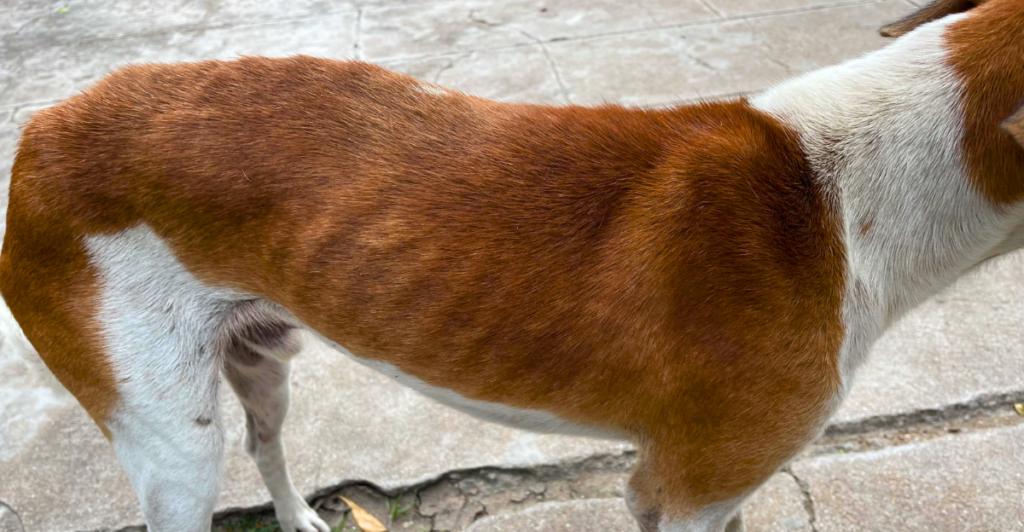
Bird flu, also known as avian influenza, is a viral infection primarily affecting birds but capable of spreading to other animals, including pets. The virus is caused by different strains of the influenza A virus, with some variants posing a higher risk to mammals.
Early Detection
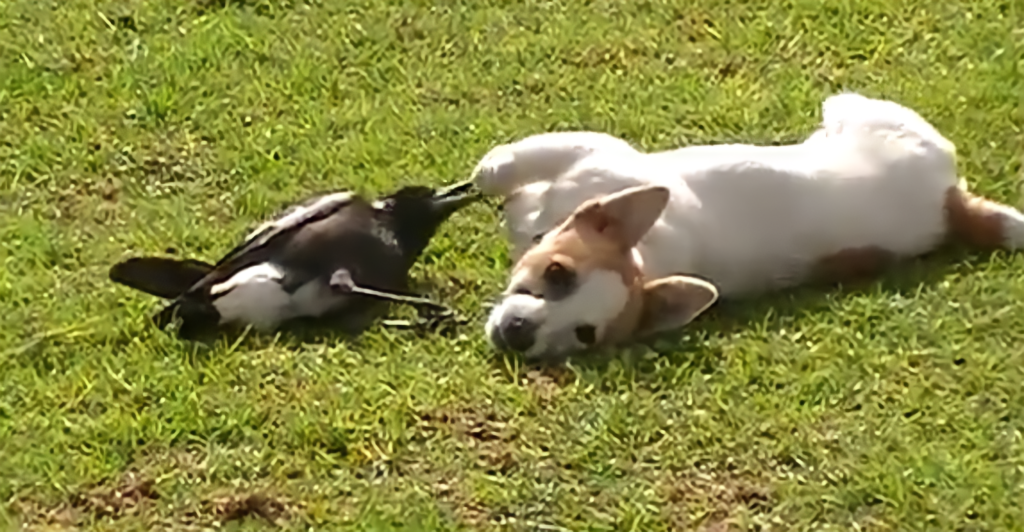
Transmission typically occurs through direct contact with infected birds, contaminated surfaces, or exposure to virus-laden droplets in the air. As cases of bird flu in pets continue to rise, pet owners must stay vigilant in recognizing the warning signs. These are a few symptoms to look out for.
Respiratory Issues

Respiratory problems are often the first noticeable signs of bird flu in pets. Cats and dogs may exhibit persistent coughing, which can range from dry to productive, along with frequent sneezing, sometimes accompanied by nasal discharge. Other symptoms include wheezing or difficulty breathing and nasal discharge that may be clear, cloudy, or even bloody in severe cases.
Conjunctivitis
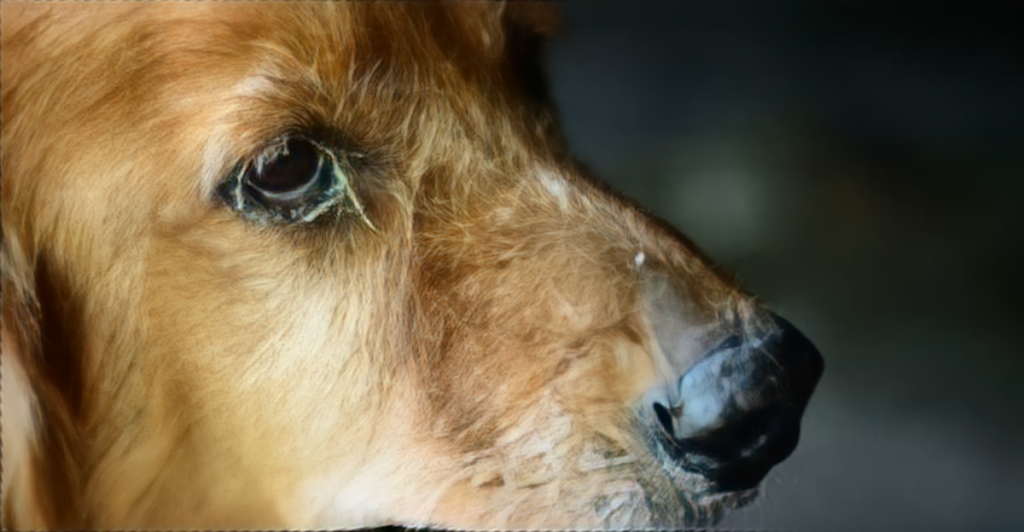
Eye problems, particularly conjunctivitis, are also common in pets with bird flu. Affected animals may experience redness and inflammation of the eyes and surrounding tissues, excessive tearing, or watery discharge from one or both eyes. In severe cases, noticeable swelling around the eyes may develop.
Lethargy

Lethargy is another key symptom, with infected pets often showing signs of extreme fatigue. They may exhibit unusual tiredness or weakness and reluctance to move, play, or engage in normal activities. Additionally, they might display a lack of interest in their surroundings or favorite activities.
Loss of Appetite
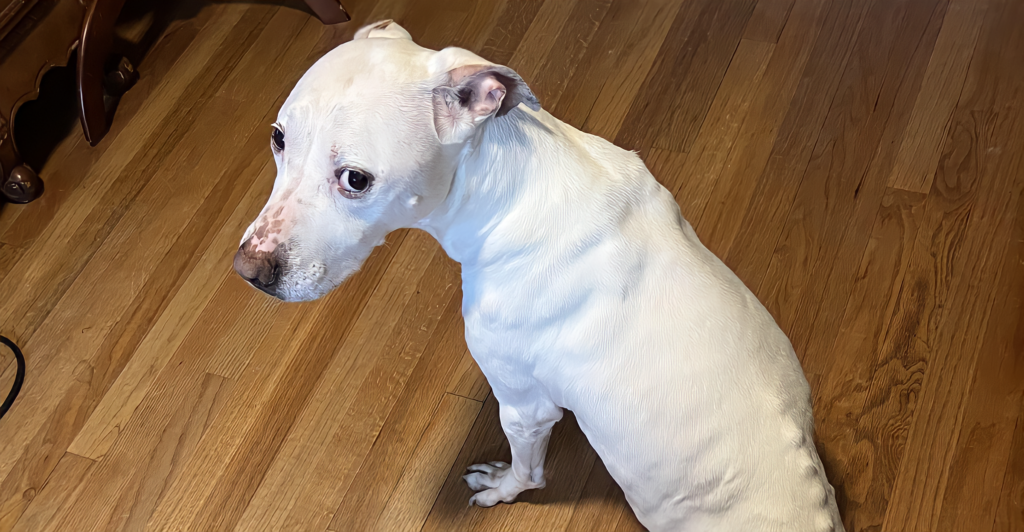
A decrease in food and water intake is a concerning sign of bird flu. Pets may suddenly lose interest in food, including their favorite treats, and reduce their water consumption. Prolonged appetite loss can lead to severe weight loss. Some pets may approach their food bowls but refuse to eat.
Fever

Fever is a common symptom of bird flu in pets, often rising above 104°F. Typically, a dog’s normal body temperature falls between 101-102.5°F, while cats range from 100.4-102.5°F. Infected pets may feel noticeably warm to the touch, especially around their ears, nose, and paw pads.
Neurological Symptoms

In severe cases, bird flu can affect the nervous system, leading to neurological symptoms. Pets may experience tremors or muscle twitching, seizures of varying intensity, and incoordination or difficulty walking. Behavioral changes such as confusion or disorientation can also occur. In rare instances, temporary or permanent blindness may develop.
Difficulty Breathing
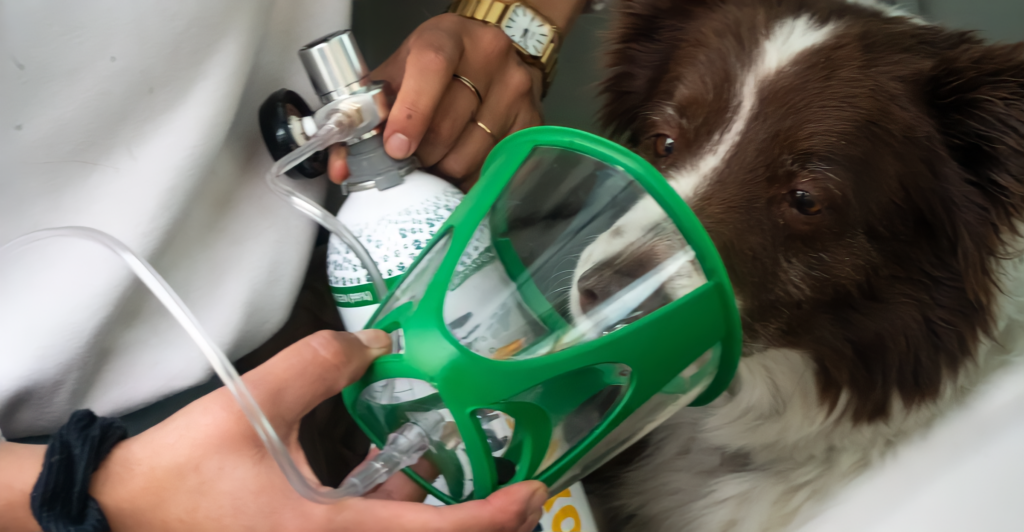
Infected cats and dogs may exhibit labored or rapid breathing, open-mouth breathing (especially in cats), and extend their necks to facilitate breathing. These signs indicate severe respiratory distress and require immediate veterinary attention. Additionally, blue or purple gums can signal a lack of oxygen.
Swelling
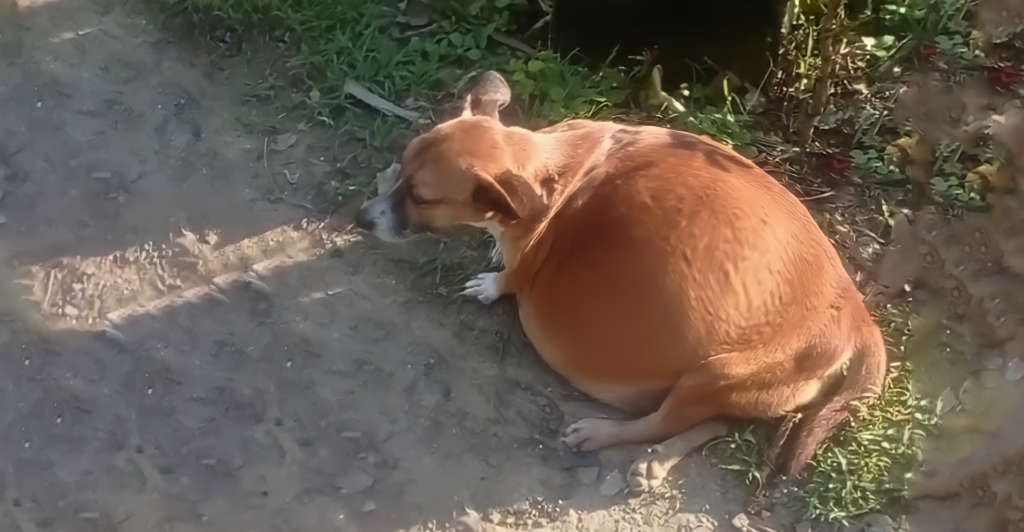
While more common in birds, swelling can also occur in cats and dogs. Some pets may experience swelling of the head, neck, or face, as well as swollen eyes or eyelids. In severe cases, swelling of the brain may lead to neurological symptoms.
Diarrhea
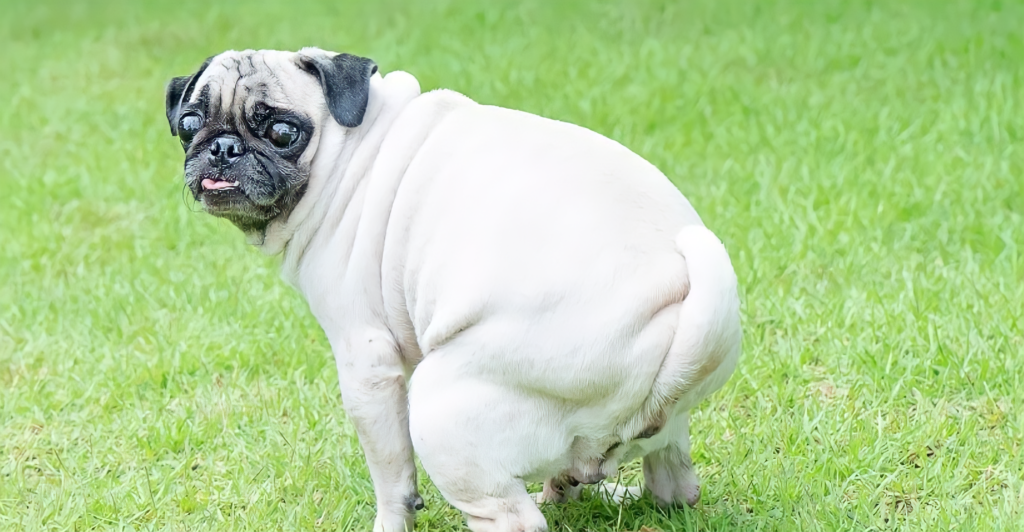
Pets with bird flu might show signs of gastrointestinal issues such as diarrhea. Pets may experience loose or watery stools, more frequent bowel movements, and, in some cases, blood in the stool. Abdominal discomfort or bloating may accompany diarrhea.
Vomiting
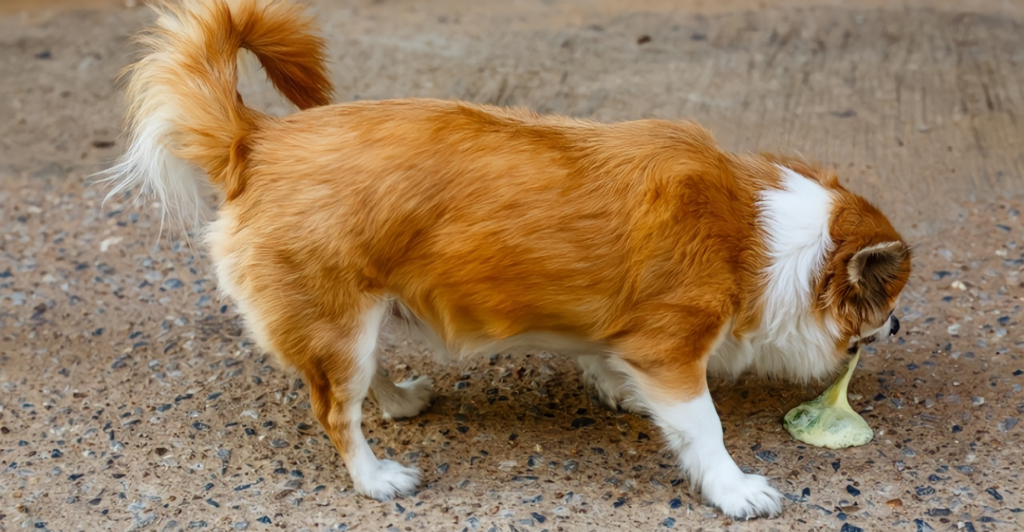
Though less common, vomiting can still occur in pets with bird flu. They may experience occasional or frequent vomiting, with vomit containing undigested food, bile, or even blood in severe cases. Signs of nausea, such as excessive drooling or lip-licking, may also be observed.
Behavioral Changes
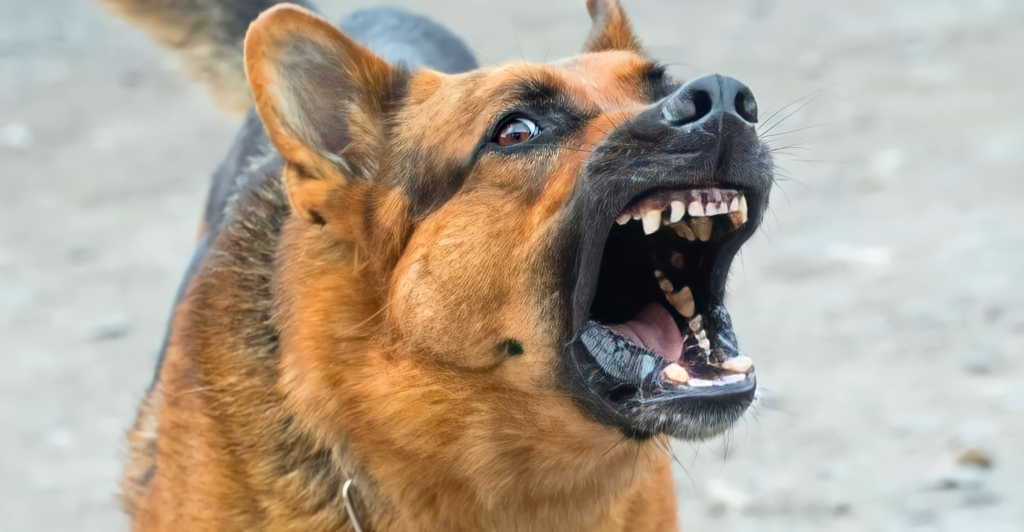
Behavioral changes in pets can be an important indicator of illness, including bird flu. Affected animals may exhibit unusual aggression or irritability, reacting differently to familiar people or environments. Some pets may become excessively vocal, meowing, or barking more than usual, while others may become unusually quiet. Changes in social behavior are also common, with some pets hiding or withdrawing while others may seek more attention than usual.







